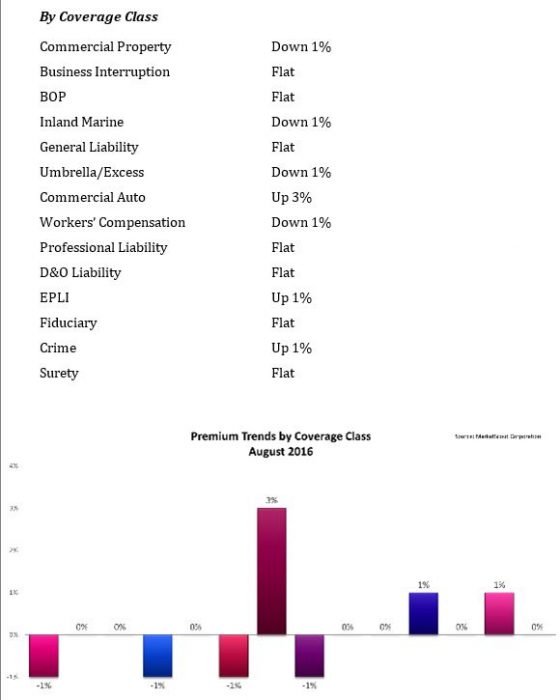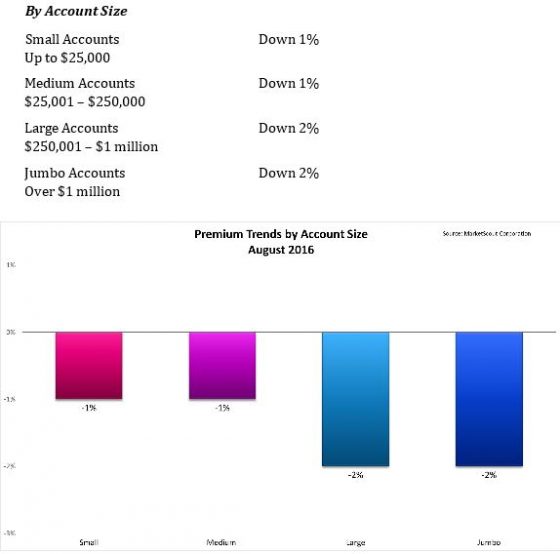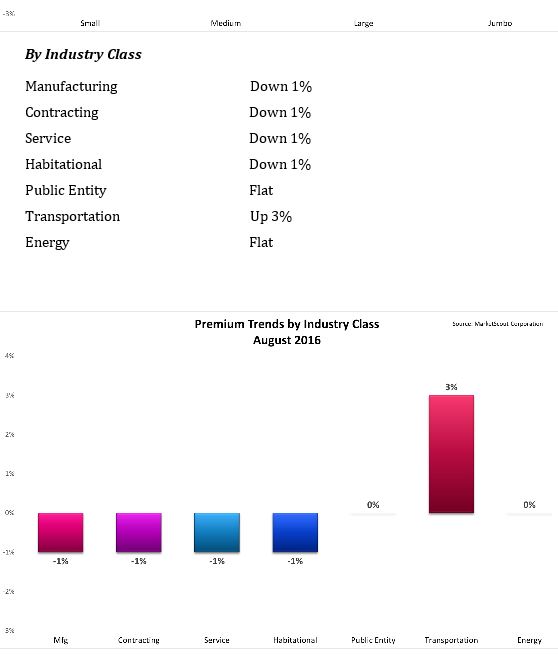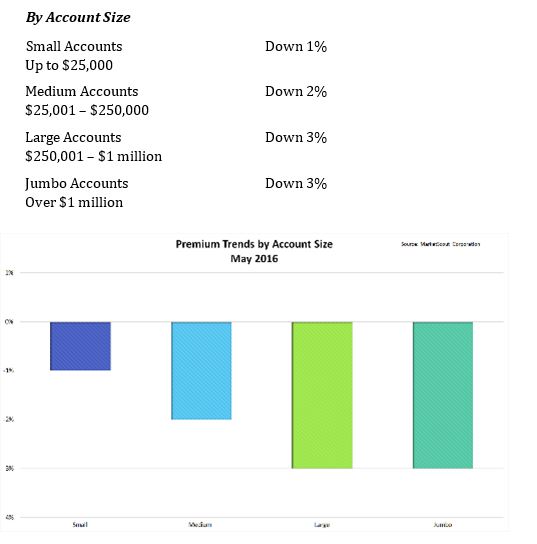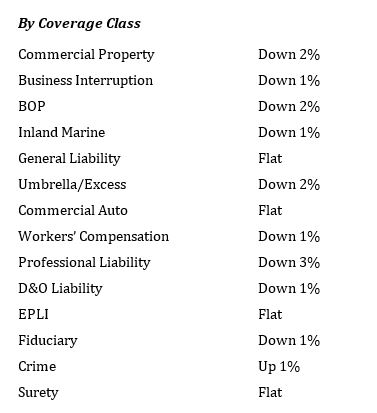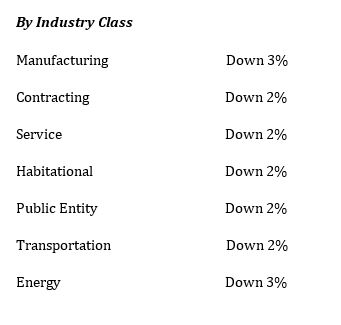
OSHA and the Department of Justice (DOJ) formally agreed to team their investigations and prosecute worker endangerment violations on Dec. 17, 2015. While the agencies have worked together in the past, this is now a formal arrangement which employers should be very concerned about, especially those with something to hide. Facing OSHA is bad enough, but it’s a walk in the park compared to tangling with the Department of Justice.
online pharmacy
atarax with best prices today in the USA
“On an average day in America, 13 workers die on the job, thousands are injured, and 150 succumb to diseases they obtained from exposure to carcinogens and other toxic and hazardous substances while they worked,” said Deputy Attorney General Sally Quillian Yates in a memo sent to all 93 U.S. Attorneys across the country. “Given the troubling statistics on workplace deaths and injuries, the Department of Justice is redoubling its efforts to hold accountable those who unlawfully jeopardize workers’ health and safety.”
Deputy Yates urged federal prosecutors to work with the DOJ in pursuing worker endangerment violations. The worker safety statutes provide only for misdemeanor penalties. Prosecutors, however, are now encouraged to consider utilizing Title 18 and environmental offenses, which often occur in conjunction with worker safety crimes, to enhance penalties and increase deterrence. Title 18 of the United States Code is the criminal and penal code of the federal government, dealing with federal crimes and criminal procedure.
This cooperation could lead to hefty fines and prison terms for employers and individuals convicted of violating a number of related laws.
online pharmacy
flagyl with best prices today in the USA
For example, the owner of a roofing company may go to prison for up to 25 years in connection with the death of one of his workers who fell off of a roof. Not only did the worker not have the required fall protection equipment, but the owner then lied to OSHA inspectors.
James McCullagh, owner of James J. McCullagh Roofing Inc. of Philadelphia, pleaded guilty in federal court to six charges in connection with the death of Mark Smith in June 2013. Smith fell 45 feet from a roof bracket scaffold while repairing the roof of a church in Philadelphia.
McCullagh pleaded guilty to one count of willfully violating an OSHA regulation causing death to an employee (failing to provide fall protection equipment) and four counts of making false statements. He admitted lying to investigators that he had provided safety gear and harnesses to his employees when, in fact, he hadn’t.
McCullagh also admitted to telling an OSHA inspector he had seen his employees in harnesses and tied off earlier on the day Smith fell to his death. McCullagh pleaded guilty to one count of obstruction of justice for instructing workers to tell OSHA investigators that they had safety equipment when they did not. He was sentenced in March 2016 to 10 months in prison as well a one year of supervised release and a $510 special assessment.
“No penalty can bring back the life of this employee,” said OSHA chief David Michaels, “but the outcome, in this case, will send a clear message that when employers blatantly and willfully ignore worker safety and health responsibilities, resulting in death or serious injury to workers, or lie to or obstruct OSHA investigators, we will pursue enforcement to the fullest extent of the law, including criminal prosecution.”
While criminal prosecution in worker fatalities is still a rarity, the likelihood of charges being brought increases when there is suspicion of lying to OSHA or other federal officials.
This partnership has been brewing for a while, as the Justice Department has tried to use the nation’s tougher environmental statutes to bring stronger prosecutions of workplace safety violations by focusing on companies that put workers in danger.
OSHA has placed emphasis on criminal enforcement of workplace safety violations recently by referring more cases to the Department of Justice and U.S. Attorneys offices for criminal prosecution. They referred or assisted with the criminal prosecution of 27 cases in fiscal year 2014—the highest ever in OSHA history.
What can an employer do to avoid the double team? They first need a strong offense by recognizing that under the OSHA Act, they are responsible for providing a safe and healthful workplace. Second, they must know that OSHA’s mission is to assure safe and healthful workplaces by setting and enforcing standards. They also provide training, outreach, education and assistance.
online pharmacy
nolvadex with best prices today in the USA
OSHA inspections can be conducted without advance notice, on-site or by phone by highly trained compliance officers. Their priorities are imminent danger; catastrophes and fatalities; worker complaints; targeted inspections due to high injury or illness rates; and severe violators as well as follow-up inspections.
One of the errors many employers make is waiting too long to put an effective program in place. They risk a huge fine, being placed on the Severe Violators Enforcement list, or even jail. Before OSHA shows up, companies need to establish good safety and health programs with four essential elements:
- Management Commitments and Employee Involvement. The manager or management team must lead the way by setting policy, assigning and supporting responsibility, setting an example and involving employees.
- Worksite Analysis. The worksite is continually analyzed to identify all existing and potential hazards.
- Hazard Prevention and Control. Methods to prevent or control existing or potential hazards are put in place and maintained.
- Training for Employees, Supervisors and Managers. Managers, supervisors, and employees are trained to understand and deal with worksite hazards.
“Every worker has the right to come home safely. While most employers try to do the right thing, we know that strong sanctions are the best tool to ensure that low road employers comply with the law and protect workers lives,” said Assistant Secretary for Occupational Safety and Health Dr. David Michaels. “More frequent and effective prosecution of these crimes will send a strong message to those employers who fail to provide a safe workplace for their employees.
We look forward to working with the Department of Justice to enforce these life-saving rules when employers violate workplace safety, workers’ health and environmental regulations.”
That’s why it is important to have a living, targeted safety program, versus one copied from another employer or one quickly downloaded from a website. OSHA inspectors can quickly determine if a program is real or just a binder on a shelf.
Given the formal partnership with OSHA, the Justice Department’s renewed focus on prosecuting individuals, company executives, managers, and supervisors for workplace safety violations, organizations should note the enhanced risks, and implement measures to stay in the clear and keep their workers safe.

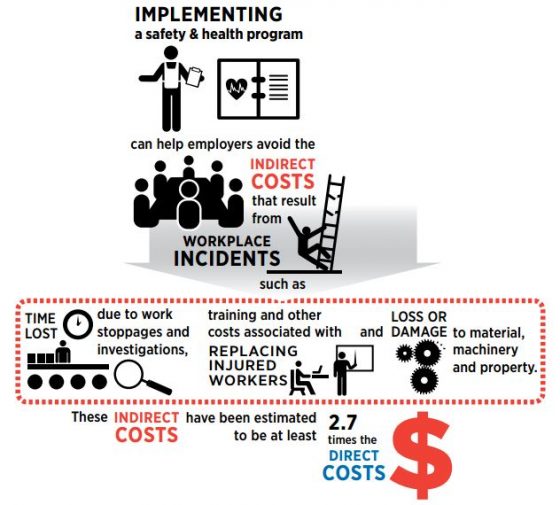

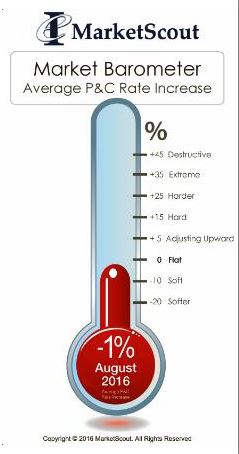 industry classifications remained unchanged.
industry classifications remained unchanged.